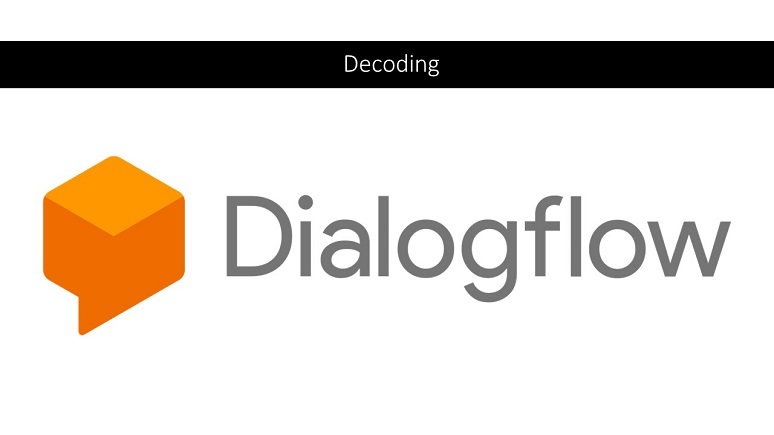Bad Bot, Bad Bot
There are good bots, but there are also a lot of bad bots. More precisely, there are some bots that don’t work well due to poor design and execution in their creation and maintenance. Here are some common mistakes that end with a poorly constructed bot:
1. Building bots around use cases that aren’t that strong. There is nothing wrong with experimenting, but it’s better to build a bot that really fulfills a current business objective and meets the customer’s expectations.
2. Trying to build a “super bot.” Building a single bot that handles lots of different scenarios is really difficult, and if you try to build Siri-like, Google Assistant-like, Cortana-like, or Alexa-like bots, you’re likely to fail. Avoid scope creep and keep the bot’s focus narrow, particularly in early iterations.
3. The bot doesn’t provide enough guidance for the end users on what its capabilities are and what they can do with the voice or text interface, leaving the user to guess and make mistakes while trying to use the bot.
4. Failure to design for conversational errors. Bots that can’t gracefully handle user mistakes are likely to experience poor user adoption.
5. Lack of transparency. One of the golden rules of bot adoption is that the users need to be told up front that they’re communicating with a bot.
6. Making it too hard to get to a person. Many IVR and some bot solutions are intentionally designed to eliminate the possibility of ever reaching a person. If someone can’t get to a human reasonably easily, satisfaction with the bot is likely to be poor. Design human escalation protocols into the bot’s programming.
7. The bot isn’t programmed to understand context. In human conversations, knowing the context is critical to successful conversations. The same is true with bots… they need to be programmed to gather or infer context surrounding the user’s intent.
8. Poor integration. The bot may not be integrated with the right backend systems to meet the user’s needs.
9. Having the IT organization build the bot and then move on, offering no maintenance or post deployment retuning opportunities.
The Skill Sets Required to Build a Good Intelligent Virtual Agent
In our research, it has become clear that good bot projects will rely heavily on excellent conversational design. In fact, linguists and language analysts are key to these projects. In most intelligent bot projects, the team members have a mix of business and technical skills as follows:
- Analysts, linguists, and conversational designers who will work with the data collected from conversations with live agents and from call logs to develop the conversational scenarios and sample dialogs that will be programmed into the Dialogflow agent. The importance of these people can’t be overstated.
- Software engineers with experience in developing contact center solutions/IVRs and who have a basic understanding of how natural language understanding and machine learning work. These developers will need to understand how to work with Dialogflow and Google Cloud Platform as well as have experience in JSON, Python, or some other programming language, and how to interface with backend systems using APIs via webhooks functions.
- Project managers who handle strategy, finance, project timelines, execution, stakeholders, communication, hiring, and so on.
Click below to continue to Page 3: Measuring Your Success










